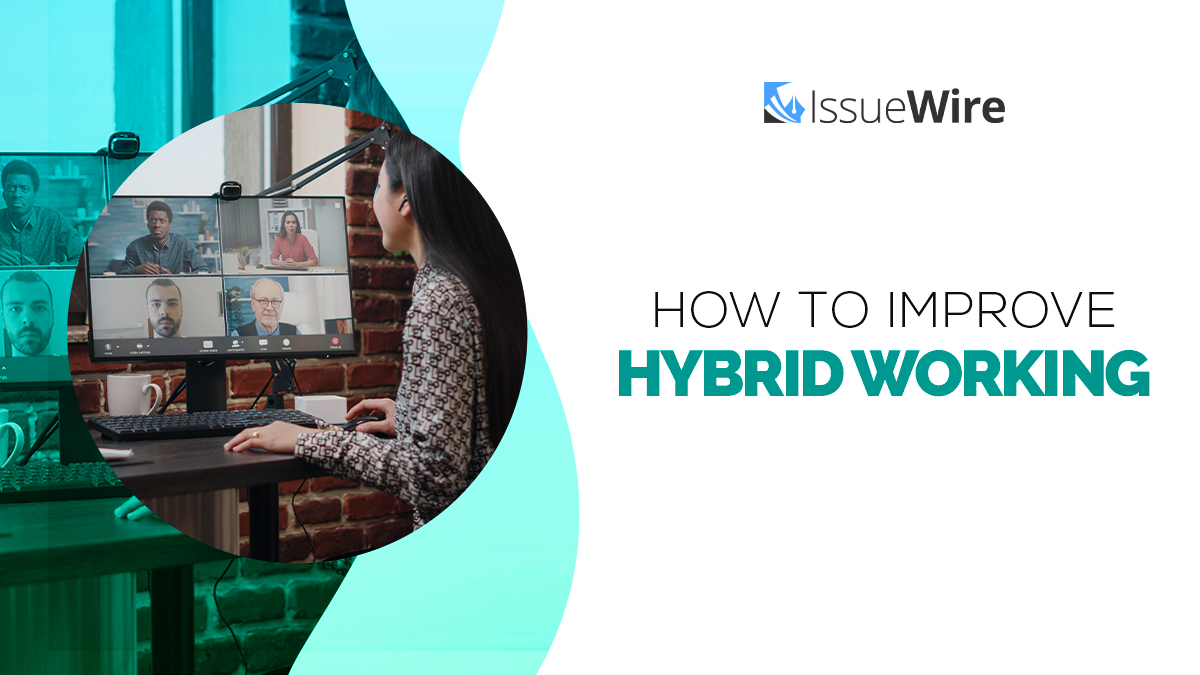After the global effect of the COVID-19 pandemic, a relatively new model has been introduced to bring more convenience to the field and it is known as the Hybrid Workplace. It is a combination of online and offline work processes that includes hardware, software, servers, storage devices, and many other aspects of information technology (IT) in a more advanced way.
If your company is going through a Hybrid transition and then you are looking forward to making the most out of it, you would require some effective strategies that make the whole process smoothly running and up-to-date.
Six strategies to strengthen IT Infrastructure
1. A Security Operations Center
IT teams have to manage the work pressure on both fields whether a cloud-based application or some on-premise activity. With the employees working off-site on some days, Security needs to heighten to maintain a sync without any loss. Security Operations Center (SOC) is a great way to do it that helps in identifying, analyzing, and responding to corporate hazards across the company. They are also able to identify risks and prevent them before even occur.
2. Risk Mitigation Strategies
When it comes to cybersecurity, keeping a close eye on Risk Mitigation Strategies is very important. They help to contain and prevent while reducing the chance of a data breach. Before you implement any strategy, the first step is to identify the riskiest areas of the IT infrastructure of your company. Introducing controls for networks, software patch management, data backups, virus protection, utilizing firewalls and other security tools, etc. are parts of it. You should also establish security policies based on those regions.
3. A Cloud Solution Provider
Cloud-based services are immensely important to keep the most vulnerable spots of the infrastructure secured. You would require to opt for an experienced Cloud Solution Provider who can handle critical situations while tightening the security policies. They analyze every situation and suggest the best possible solution that works for your enterprise.
4. Automated Rules for Compliance
You need to develop automated rules for compliance to ensure your hybrid workplace is running smoothly and efficiently. Without compliance rules, an organization relies on manual processes for the task and it increases the chance of errors. These rules essentially assure that all the employees of your company are using the right technology while keeping it updated every time. It depends on what kind of or which devices are being used by the employees and whether it is the same device used by the same person for both, on-site and off-site activities.
5. Virtualization Technology
Virtualization technology helps in enhancing backup capabilities while offering more efficient use of the resources that can be found within the organization. It also provides better flexibility when it comes to pricing. Make sure know whether you need multiple operating systems or not. In that case, you would require to have a hypervisor which is also known as the virtual machine manager. It allows running multiple operating systems on a single machine.
6. Mobile Management System
Mobile Management System (MMS) is one of the most crucial components of a hybrid workplace that allows managing multiple devices at any time and any place whether on air, ground or on the go. It means you will be able to monitor their location, and availability at any time and anywhere. Based on the capabilities and security measures, you can opt for an MMS that allows you to wipe data in case the device is lost or stolen. Modern MMS comes with advanced encryption capabilities which prevent hackers from gaining sensitive data.
Bottom Line
IT leadership and management companies are well aware of the fact that the workplace environment and processes of working are changing drastically. If you want to be part of the journey and make a drastic growth of your agencies, perhaps this is the best time to implement the aforementioned strategies.








